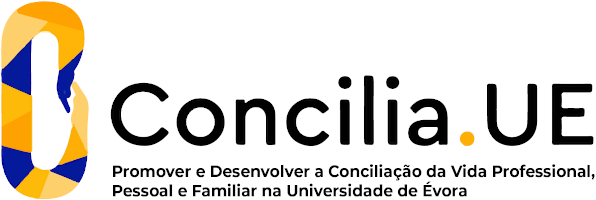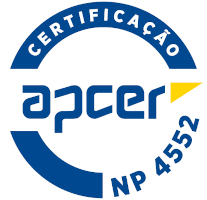2025
Multivariate Statistics
Name: Multivariate Statistics
Code: MAT00919L
6 ECTS
Duration: 15 weeks/156 hours
Scientific Area:
Mathematics
Teaching languages: Portuguese
Languages of tutoring support: Portuguese, English
Regime de Frequência: Presencial
Sustainable Development Goals
Learning Goals
In this course we study the most current models considered in Multivariate Statistics. These methods attempt to give students a broad education and current methods of multivariate statistics to be used in various scientific fields and various sets of data (categorical and continuous variables, statistical surveys, large databases, optimization problems, financial problems, economic and management, among others). Students, faced with a set of data and a particular objective, should be able to choose the adequate methodology and to be critical towards the results obtained. They should, similarly, have knowledge on the advantages, limitations and conditions of applicability of the several statistical methodologies presented in the curricular unit.The use of statistical software and analysis allow the treatment of databases.
Contents
Exploratory Analysis of Multivariate Data
Correspondence Analysis
Multidimensional Scaling
Decision Trees
Software: SPSS and R
Correspondence Analysis
Multidimensional Scaling
Decision Trees
Software: SPSS and R
Teaching Methods
Theoretical-practical lessons mainly lectured with a blackboard, with e-learning tools, and transparencies. Motivation of students attendance to the classroom and students continuous work.
Introduction to theoretical concepts appealing to different areas of applications to illustrate the importance of course contents. Exercises with emphasis in the resolution of real problems, to motivate interest in the course and to demonstrate its utility.
To stimulate individual and group participation within the classroom and at home.
To emphasize the critical analysis and interpretation of data, appealing to software outputs as much as possible.
Introduction to theoretical concepts appealing to different areas of applications to illustrate the importance of course contents. Exercises with emphasis in the resolution of real problems, to motivate interest in the course and to demonstrate its utility.
To stimulate individual and group participation within the classroom and at home.
To emphasize the critical analysis and interpretation of data, appealing to software outputs as much as possible.
Assessment
During the regular assessment period, students can choose between continuous and final assessments.
Students should prioritize the continuous assessment system, which involves taking individual, closed-book tests. The course grade will be calculated by averaging (rounded to a whole number) the scores obtained in each test. Students who choose the final assessment system will be required to take an exam that considers all of the syllabus content.
In other assessment periods (recurring, special, or extraordinary), students are assessed using the final assessment system, which involves taking an exam that considers all of the syllabus content. Students pass the course if they obtain a score of 9.5 or higher on a scale of [0, 20].
Students should prioritize the continuous assessment system, which involves taking individual, closed-book tests. The course grade will be calculated by averaging (rounded to a whole number) the scores obtained in each test. Students who choose the final assessment system will be required to take an exam that considers all of the syllabus content.
In other assessment periods (recurring, special, or extraordinary), students are assessed using the final assessment system, which involves taking an exam that considers all of the syllabus content. Students pass the course if they obtain a score of 9.5 or higher on a scale of [0, 20].
Teaching Staff
- Luís Miguel Lindinho da Cunha Mendes Grilo [responsible]





















